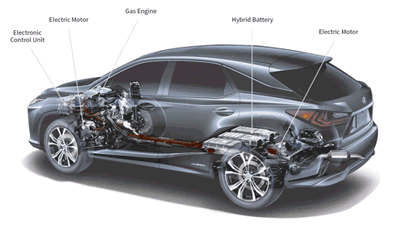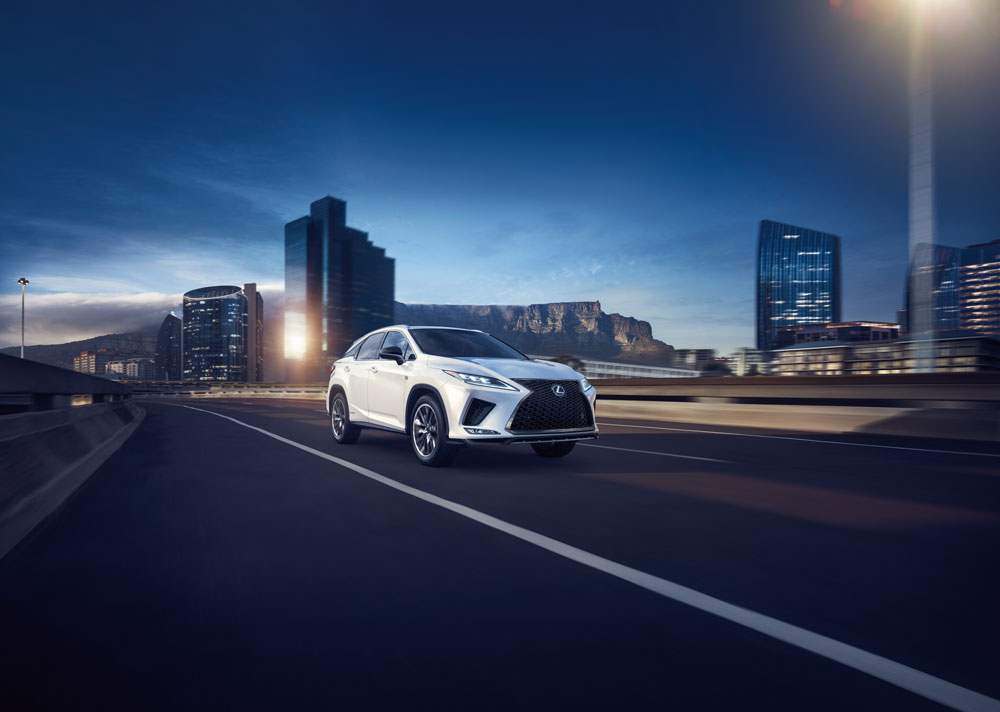Hybrid vehicles, which blend the best features of the traditional internal combustion engines with autos that are powered only by batteries, represent a mature technology that offers a unique range of benefits — perhaps the greatest being no need to change your driving behaviour, other than spending less time and money at the gas station!
Many drivers are unaware of how hybrid technology works, the advantages it provides and just how seamlessly the conventional gas engine, battery and motor work. Operating a hybrid vehicle means that you don’t have to change the way you drive, while also enjoying benefits such as greater acceleration, improved driving range between fill-ups and, potentially, a lower monthly fuel bill depending on fuel prices and driving habits. Lexus offered the first hybrid electric vehicle in the luxury vehicle category with the Lexus RX h more than a decade ago and continues to add innovations such as industry-leading electric motors that provide instant torque that is the envy of any gas-only vehicle.




